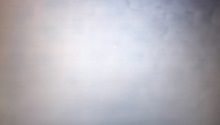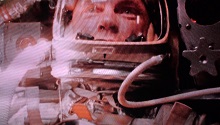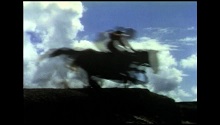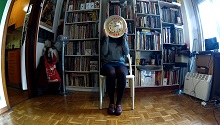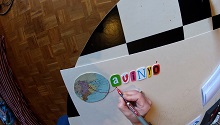Anita Serrano
Anita Serrano. I live and work in Barcelona.
I make experimental pieces using various types of materials, both my own and found: sound, films, magazines, postcards, maps, diaries, photographs, objects, games, conversations, memories, etc.
I operate in the audiovisual medium (videographic, cinematographic, animation, moving image) as a textual space in which I can try out different narratives using these miscellaneous materials.
I’m interested in the stories that underlie or emerge from them, their formal characteristics, the languages that construct them, where they come from, the contexts I find them in, the imaginaries they project, their reception, the possibility of combining them and resignifying them by means of editing, undermining their original meaning and proposing other possible readings.
I studied Spanish Philology at the University of Barcelona, Photography at the Institut d’Estudis Fotogràfics de Catalunya and Animation at Fak d’Art Institute.
http://anitaserrano.net
ANITA SERRANO
Anita Serrano presents a sample of her critical, reflective body of work. Although she studied animation, she feels more at home with sound than vision, due to the capacity that sound has to awaken our imagination. She is keen on recording and collecting soundscapes, audio files that form the basis of some of her video works, something that is not common in the video world. This type of artists can surprise us with the parallel importance they give to sound, never completely subordinate to the image, never purely at its service. This is the case, among other works, of her Retrato de Barcelona [Portrait of Barcelona], diametrically opposed to official portraits of the city (like the shameless video clip directed by José Corbacho, Living Barcelona). It is the product of a sound composition, reminiscent in form of certain of the tactics employed by Los Ingrávidos, the collective recently featured on the screens of Pantalla CCCB, works with a different tempo to commercial cinema, not to mention television.
The work of Anita Serrano is a good example of the variety of unordered influences to which younger generations are subjected (including the hotchpotch of the omnipresent TV that accompanies us from birth). But as a faithful viewer of the films shown at Xcèntric, she leans towards experimental, slightly off-centre cinematography. Found film has its place in this sample of her work, featuring tough guy John Wayne (perhaps the Hollywood actor I most loathe), creative work also influenced by literature (Serrano fondly quotes Georges Perec). Listening to recorded reality is “almost like reading a book”, she says.
Biographical chance is perhaps one of the driving forces of her work, and some pieces demonstrate an interest in the domestic, with just a touch of narcissism that she shares with other audiovisual makers. In the interview, she mentions as inspiration for her sound pieces the work of Pierre Schaeffer and Hildegard Westerkamp, artists and theorists also interested in the problems of sound pollution. (I dreamt of a small guillotine fitted in a car, like a magician’s contraption, that cut off the arms of a driver who was too fond of honking his horn—a horn that happened to awaken me from that dream.)
Hildegard Westerkamp writes: “So far you have isolated sounds from each other and gotten to know them as individual entities. But each one of them is part of a bigger environmental composition. Therefore reassemble them all and listen to them as if you are listening to a piece of music played by many different instruments. Be critical and judge if you like what you hear.”
With her videos, Serrano looks at the effect on our imaginary of the continuous exposure to screens and images that are created and recreated, to fragmented noises and musics, and the influence they have on our world. Perhaps the saturation of images we endure is drying up our imagination. We often hear it said that “a picture is worth a thousand words”, but, as I have said on several occasions: no picture says this simple thing in such a straightforward way. Nor should we forget that the evocative power of music and sounds, or of smells, is incomparably greater than that of sight, the sense most closely linked with the so-called higher faculties. Because humankind does not live on these faculties alone.
Félix Pérez-Hita (Video artist and cultural critic)


